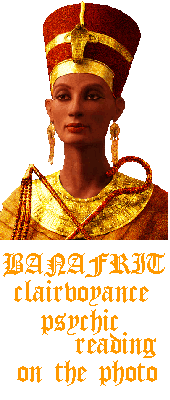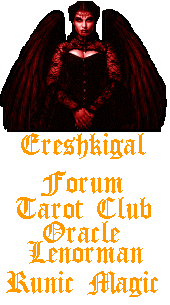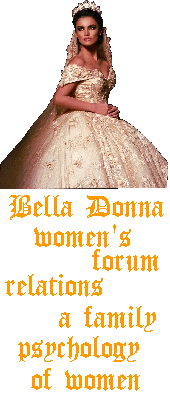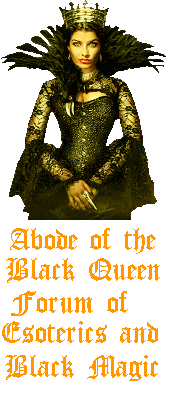Herbs and Astrology.
Unlike other individuals who use herbs in the healing practice, the Witch pays attention to two distinct sciences: homeopathy and astrology. Homeopathy tells us the most modern information about the medical uses of the plant, and astrology gives us information on timing and sympathetic associations (the matching of energy patterns) between the plant itself and the purpose of the magick.
On the surface, the medical healer may pooh-pooh the idea of astrology mixed with medicine and personal well-being, and to be fair, we really can’t blame them. When the sciences split, people tended to focus on their chosen study to the exclusion of all else. If, then, they were only into the healing properties of plants, and spent years in experimentation, they would most likely not be wasting time looking at a science that they (on the surface) believed to be dissimilar. If, in the meantime, this dissimilar science fell out of favor, its information moving underground, the scientist would not be particularly joyful when it tried to reassert itself in society. This is exactly what happened between the medical community and the magickal one, and although the magickal community did not drop its understanding and search for real science, real science lost all concept of the occult teachings.
When dealing with herbs and magick in the modern Craft community, you will run across a book called Culpeper’s Herbal, which was first printed in 1652 in London under the title of The English Physician. Nickolas Culpeper became famous because he took the trouble to translate herbals into wording that common people could understand, and threw out exotic ingredients that could not be obtained by the butcher, baker, farmer, or candlestick maker. Notice, if you will, that this is one hundred years after Paracelsus was born. Culpeper stuck only to the healing properties of the herbs and threw out the magickal stuff, yet retained the astrological associations. With the magick gone, future readers and scholars of botany assumed that Culpeper did not follow the Doctrine of Signatures, not understanding that he did indeed include it, because he always added the planetary influence under each entry. Culpeper’s herbal is important because (a) it is still quite popular (new editions give modern healing information as well as Culpeper’s original prose), and (b) it is one of the few books that managed to stay in print from the 1600s until now that hints at the magickal associations of plants (through the planetary associations listed). If you ever wonder what magickal folks in the 1900s were using for magickal research involving plants, you need only look at Culpeper’s herbal to get a general idea, because by then, little was available on the open market for magickal research purposes. Today, we are one up on Culpeper. Thanks to the late Scott Cunningham and his Cunningham’s Encyclopedia of Magickal Herbs and Paul Beyerl’s A Compendium of Herbal Magick you have a broad range of information that joins magick and herbalism together. In all honesty, we’ve only scratched the magickal surface when it comes to the realm of astrology, botany, and magick, but the information in this section will be enough to get you started. Where you take it from there is entirely up to you.
Unlike other individuals who use herbs in the healing practice, the Witch pays attention to two distinct sciences: homeopathy and astrology. Homeopathy tells us the most modern information about the medical uses of the plant, and astrology gives us information on timing and sympathetic associations (the matching of energy patterns) between the plant itself and the purpose of the magick.
On the surface, the medical healer may pooh-pooh the idea of astrology mixed with medicine and personal well-being, and to be fair, we really can’t blame them. When the sciences split, people tended to focus on their chosen study to the exclusion of all else. If, then, they were only into the healing properties of plants, and spent years in experimentation, they would most likely not be wasting time looking at a science that they (on the surface) believed to be dissimilar. If, in the meantime, this dissimilar science fell out of favor, its information moving underground, the scientist would not be particularly joyful when it tried to reassert itself in society. This is exactly what happened between the medical community and the magickal one, and although the magickal community did not drop its understanding and search for real science, real science lost all concept of the occult teachings.
When dealing with herbs and magick in the modern Craft community, you will run across a book called Culpeper’s Herbal, which was first printed in 1652 in London under the title of The English Physician. Nickolas Culpeper became famous because he took the trouble to translate herbals into wording that common people could understand, and threw out exotic ingredients that could not be obtained by the butcher, baker, farmer, or candlestick maker. Notice, if you will, that this is one hundred years after Paracelsus was born. Culpeper stuck only to the healing properties of the herbs and threw out the magickal stuff, yet retained the astrological associations. With the magick gone, future readers and scholars of botany assumed that Culpeper did not follow the Doctrine of Signatures, not understanding that he did indeed include it, because he always added the planetary influence under each entry. Culpeper’s herbal is important because (a) it is still quite popular (new editions give modern healing information as well as Culpeper’s original prose), and (b) it is one of the few books that managed to stay in print from the 1600s until now that hints at the magickal associations of plants (through the planetary associations listed). If you ever wonder what magickal folks in the 1900s were using for magickal research involving plants, you need only look at Culpeper’s herbal to get a general idea, because by then, little was available on the open market for magickal research purposes. Today, we are one up on Culpeper. Thanks to the late Scott Cunningham and his Cunningham’s Encyclopedia of Magickal Herbs and Paul Beyerl’s A Compendium of Herbal Magick you have a broad range of information that joins magick and herbalism together. In all honesty, we’ve only scratched the magickal surface when it comes to the realm of astrology, botany, and magick, but the information in this section will be enough to get you started. Where you take it from there is entirely up to you.


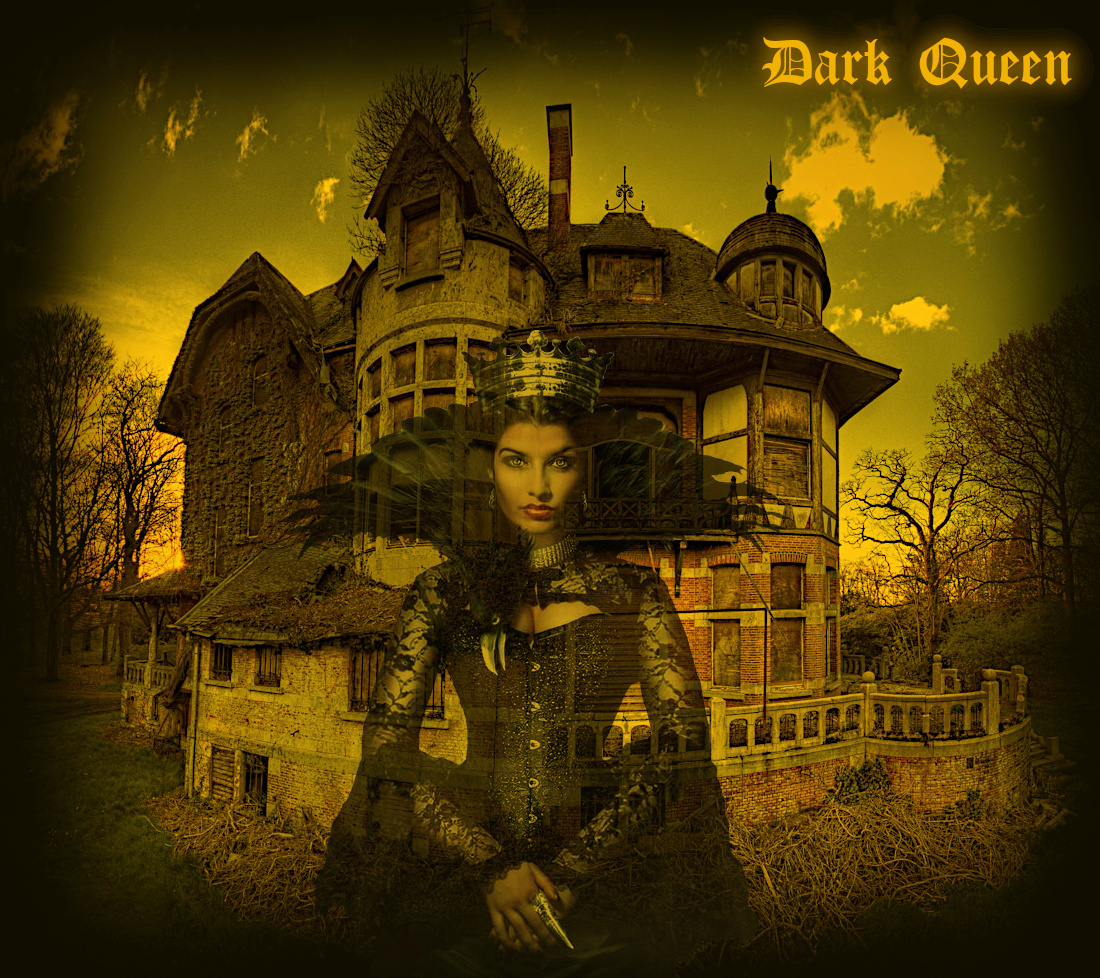







 Wed 28 Jul 2021 - 8:20 by Jexxston
Wed 28 Jul 2021 - 8:20 by Jexxston